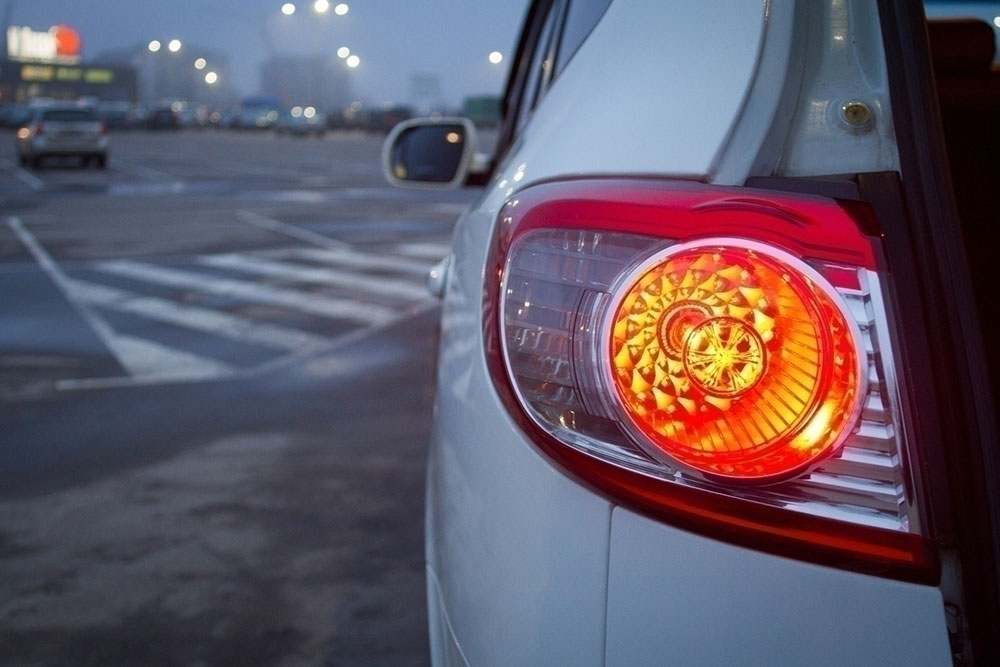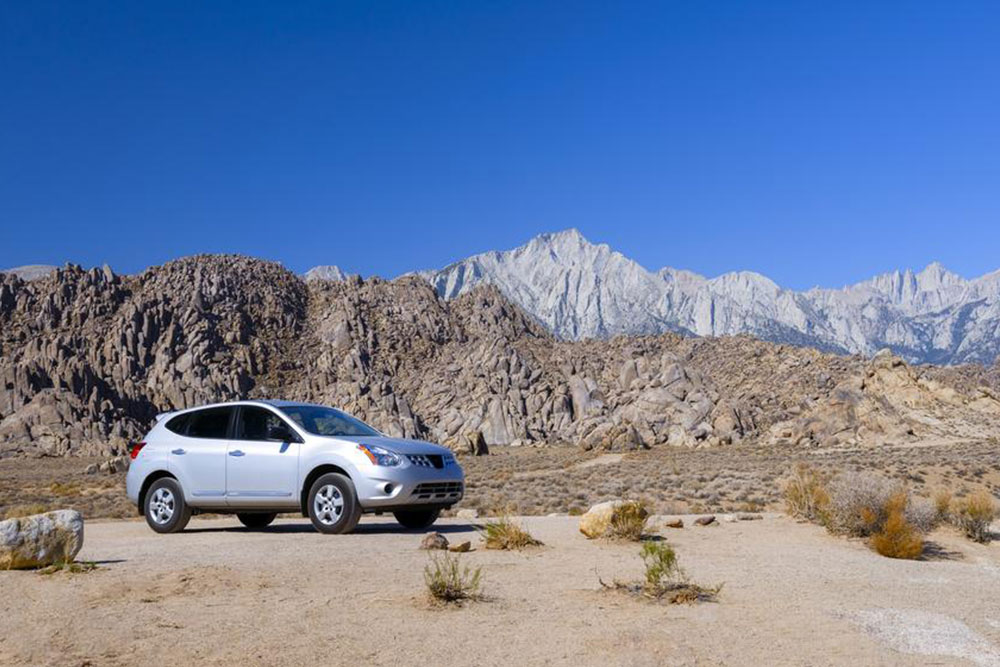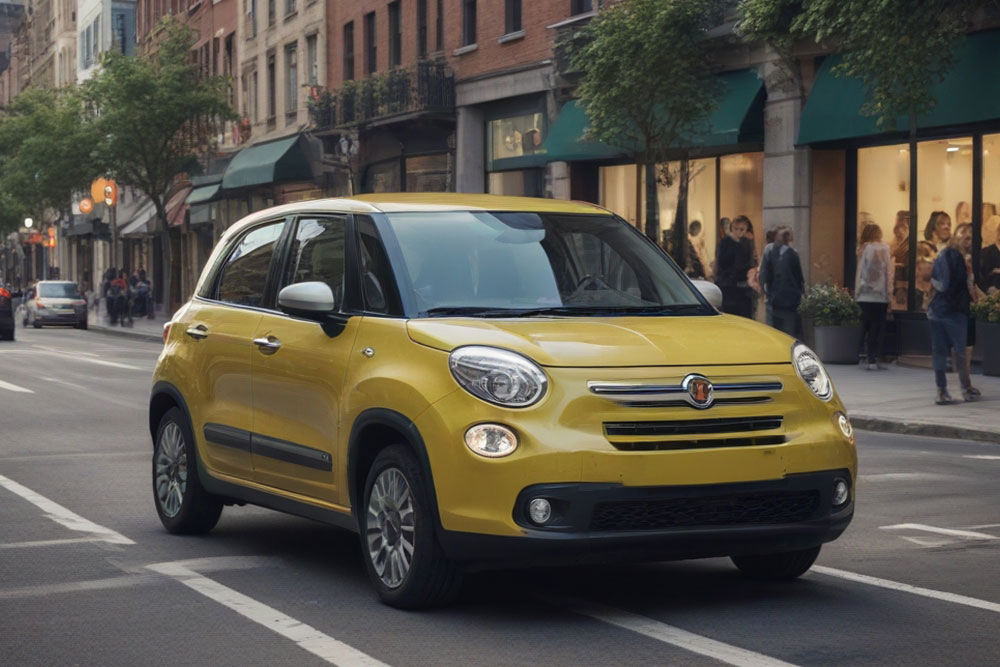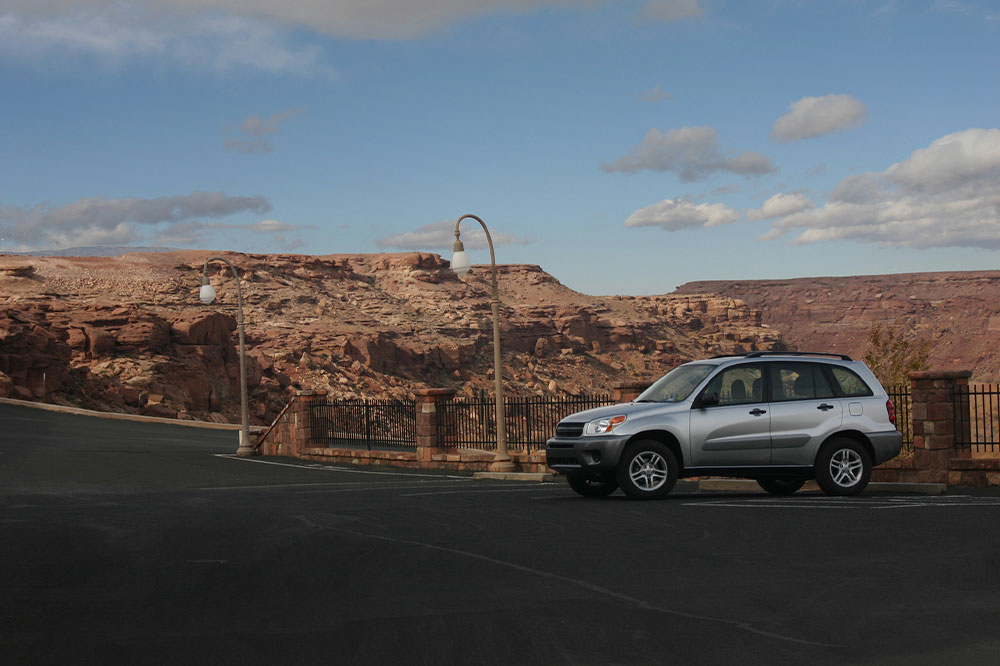Essential Insights into Vehicle Recall Procedures
Learn about the vehicle recall process, including investigation phases, safety testing, and recent examples from Kia, Subaru, and Hyundai. Understand how manufacturers and authorities work together to ensure vehicle safety, protect drivers, and address defects promptly, preventing accidents and saving lives.
Sponsored

Car manufacturers and government agencies sometimes initiate vehicle recalls to address safety concerns. These recalls ensure that vehicles on the road meet safety and environmental standards. Often, drivers report problems that lead to investigations and corrective actions. Here’s what every vehicle owner should understand about the recall process:
How does the recall process function?
Automakers frequently launch recalls voluntarily when they detect safety flaws. Prompt responses not only help prevent accidents but also protect manufacturers from legal issues, preserve brand reputation, and demonstrate their commitment to safety.
Sometimes, consumers report concerns that prompt authorities to investigate. For example, issues like ignition failures can pose serious risks. Here's what occurs next:
Investigation phase: Authorities analyze patterns and may conduct tests on selected vehicle samples to verify the problem. Agencies like the National Highway Traffic Safety Administration (NHTSA) utilize data from recalls, insurance reports, accident records, and more to determine the scope of the issue.
Initial assessment: Following the investigation, regulators request detailed information from the manufacturer regarding the defect. Engineers then examine the problem, a process that can take several months to over a year, depending on complexity.
Technical analysis: When confirmed, experts investigate the defect further, cross-examining data from the manufacturer. This thorough evaluation can last up to three years, especially if many vehicles are involved.
Recall announcement: Based on findings, manufacturers prepare explanations and conduct recalls to address identified issues, ensuring vehicle safety and compliance.
Recent recall examples:
Kia recalled approximately 427,000 Telluride SUVs between 2020-2024 due to a drivetrain issue that caused parked vehicles to roll away, posing safety risks.
Subaru recalled over 118,000 Outback and Legacy models (2020-2022) because passenger airbags failed to deploy in crashes, caused by defective occupant sensors.
Hyundai issued a recall for nearly 98,000 Ioniq and Genesis vehicles due to a faulty charging unit that could disable the vehicle's electrical system, increasing crash risk.






